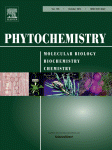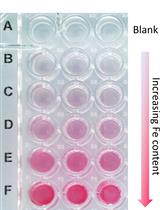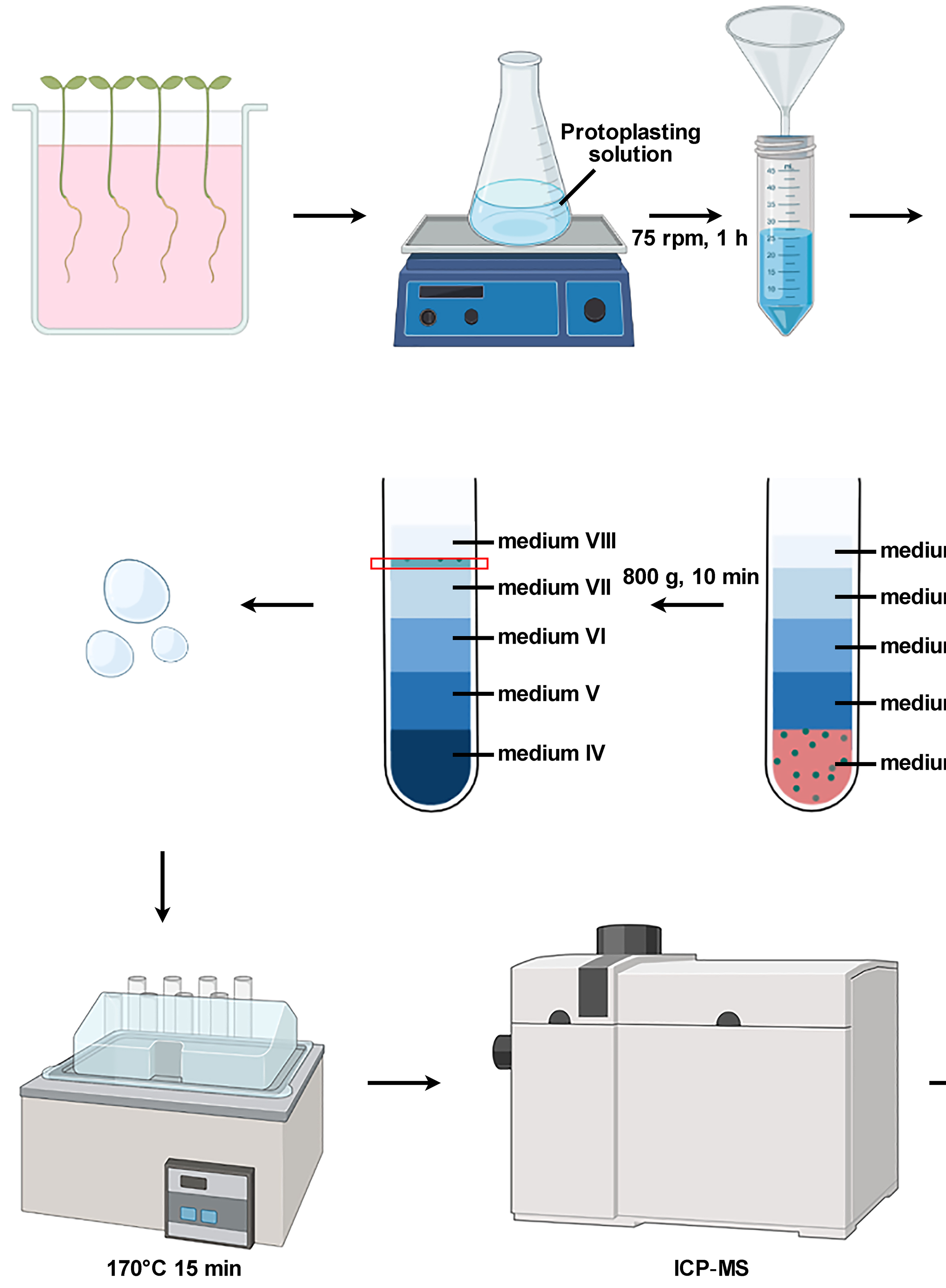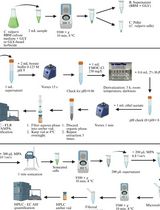- EN - English
- CN - 中文
Glucosinolates Determination in Tissues of Horseradish Plant
山葵植株组织的硫代葡萄糖苷的测定
发布: 2015年08月20日第5卷第16期 DOI: 10.21769/BioProtoc.1562 浏览次数: 8516
评审: Arsalan DaudiFernanda SalvatoAnonymous reviewer(s)
Abstract
Glucosinolates (GLS) are secondary metabolites mainly found in plants belonging to the Brassicaceae family, including also horseradish (Armoracia rusticana G. Gaertn., B. Mey. & Scherb), a popular spice with a characteristic pungent flavor due to the abundance of GLS. Such compounds exhibit antibacterial, antifungal, and insecticidal activities, as well as human health properties. Therefore, it is very important to have a full understanding of their levels and profiles in plants. However, the characterization of GLS from horseradish crude extracts is a tough task, due to the complexity of the vegetal matrix and the occurrence of many GLS in trace amounts. Here we describe two alternative effective and rapid methods for GLS characterization in horseradish plants: Liquid chromatography coupled to high resolution mass spectrometry (LC-MS) for determination of intact GLS and HPLC-UV for determination of desulfo-GLS.
Background
Materials and Reagents
- Horseradish tissue (hypogeous and epigeous portion) (see Note 1)
- Methanol (MeOH) (LC/MS grade) (Carlo Erba Reagents, catalog number: 414831 )
- Acetonitrile (ACN) (LC/MS grade) (Carlo Erba Reagents, catalog number: 412342 )
- Ultrapure Milli-Q water
- Liquid nitrogen
- Sinigrin hydrate from horseradish (99%) (Sigma-Aldrich, catalog number: S1647 )
- Rapeseed ERM certified Reference Material containing gluconapin, 4-hydroxyglucobrassicin, glucobrassicanapin, glucobrassicin and gluconaturtiin (Sigma-Aldrich, catalog number: ERMBC367 )
- Glucoiberin (C2 Bioengineering, catalog number: 10-JS 12-05-02 )
- Glucobarbarin (C2 Bioengineering, catalog number: 18-DM 19-10-99 )
- Glucotrapeolin (C2 Bioengineering, catalog number: 16-PM 19-10-99 )
- 70% MeOH (see Recipes)
In addition only for intact GLS determination
- Formic acid (gradient grade) (Sigma-Aldrich, catalog number: F0507 )
- 0.1% Formic acid (HCOOH) (see Recipes)
In addition only for desulfo-method
- DEAE-Sephadex A-25 (formiate form) obtained by using DEAE-Sephadex A-25 (chloride form) (Sigma-Aldrich, catalog number: A25120 ) and imidazole (Sigma-Aldrich, catalog number: 56750 )
- Sulfatase type H-1 (Sigma-Aldrich, catalog number: S-9626 )
- Sulfatase type H-1 (1 to 2.5) (see Recipes)
- DEAE-Sephadex A-25 (formiate form) (see Recipes)
Equipment
- Freeze Dry Systems (e.g. Labconco, model: Freezone 4.5 )
- Laboratory mill
- Disposable 50 ml and 15 ml polypropylene tubes
- 2 ml sample vials
- Water bath: beaker filled with water and placed on a heating device (electric hotplate or similar device).
- Thermometer
- Vortex mixer
- Refrigerated centrifuge (50 ml tubes) (e.g. Heraeus, model: Varifuge F )
- Glass Pasteur pipettes
- 0.22 µm nylon filter (Whatman)
- HPLC system with a photodiode array detector (e.g. Agilent, model: Agilent 1200 HPLC Liquid Chromatrography System)
- HPLC 2 ml glass vials (Phenomenex, model: AR1-3910-12 ) with caps (Phenomenex, model: AR0-8959-13-B )
- Liquid chromatography (LC) coupled with electrospray ionization (ESI) and high resolution mass spectrometry (MS) (e.g. Thermo Fisher Scientific, model: LC-ESI-FTICR MS )
- Intact glucosinolates Discovery C18 column, 250 x 4.6 mm, 5 µm particle size (pore size, 180Å) (Sigma-Aldrich, catalog number: 504971 ), with a Discovery C18 20 x 4 mm security guard cartridge (Sigma-Aldrich, catalog number: 505129 )
- Desulfoglucosinolates (Nucleodur C18 column, 125 mm x 3 mm) (MACHEREY-NAGEL, catalog number: MN760051.30 )
Procedure
文章信息
版权信息
© 2015 The Authors; exclusive licensee Bio-protocol LLC.
如何引用
Lelario, F., De Maria, S., Agneta, R., Mӧllers, C., Bufo, S. A. and Rivelli, A. R. (2015). Glucosinolates Determination in Tissues of Horseradish Plant. Bio-protocol 5(16): e1562. DOI: 10.21769/BioProtoc.1562.
分类
植物科学 > 植物生物化学 > 其它化合物
您对这篇实验方法有问题吗?
在此处发布您的问题,我们将邀请本文作者来回答。同时,我们会将您的问题发布到Bio-protocol Exchange,以便寻求社区成员的帮助。
提问指南
+ 问题描述
写下详细的问题描述,包括所有有助于他人回答您问题的信息(例如实验过程、条件和相关图像等)。
Share
Bluesky
X
Copy link












